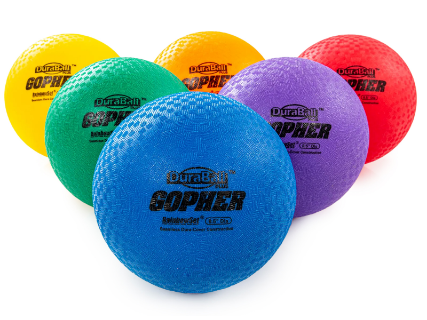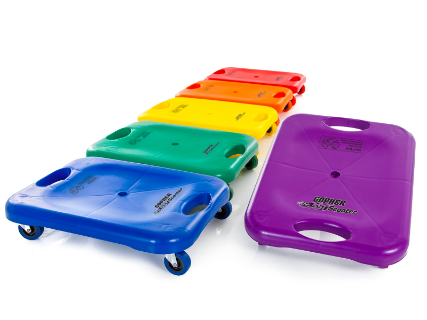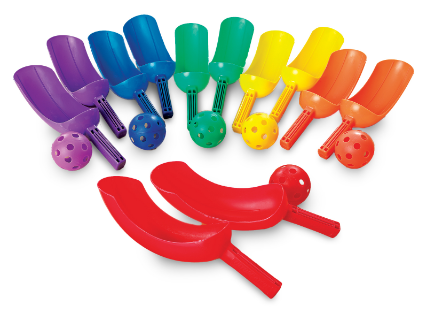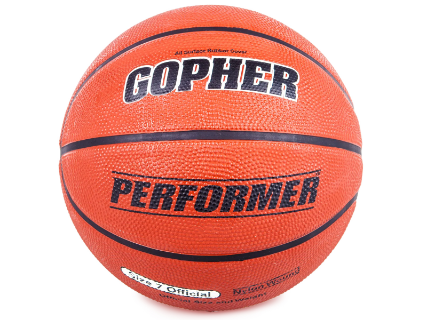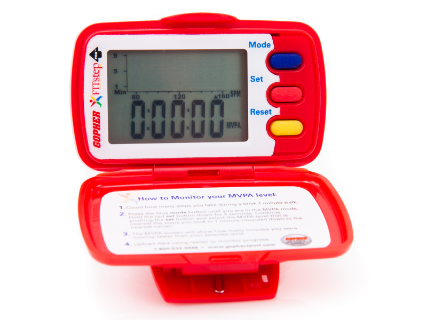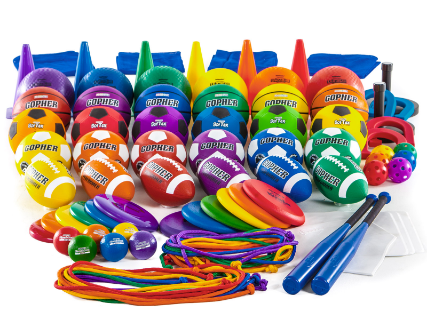

The product you are looking for is now available exclusively from Gopher, a sister brand to Moving Minds.
Shop all physical education equipment or choose from our featured selections below!
Have a question we can answer? Contact us at 1-855-858-8551 or by completing this form.
Learn More About Gopher
Gopher and Moving Minds are part of the Gopher Sport family of brands, Gopher has proudly served schools, athletic programs, community organizations, and physical activity programs for more than 75 years. We are dedicated to providing our customers with the products and services needed to increase activity, improve fitness, develop skills, create fun, and reach a higher standard of learning and living.
Don't have a Gopher account? No worries! Simply build your cart, check out, and we'll take care of the rest. And as always, every single product you buy from Gopher is covered by our Unconditional 100% Satisfaction Guarantee. No hassles. No exclusions. No kidding!
We look forward to continuing our relationship with you through Gopher and exceeding your expectations. If you have questions or want to learn more about what products work best for you, contact us today!

